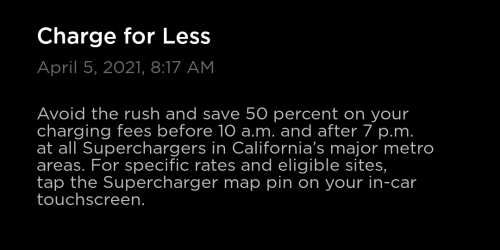Feathermerchan
Active Member
This is the sterile version of how charges are set, and it actually is a pretty good description of commercial charges. It completely breaks down though with residential due to regulatory overview. If you go to PUC meetings you will hear some variation of the following:
- We the utility have to (want to) collect this much revenue to cover expenses. Let's decide who to charge how much to reach that number
- We the utility invested this much money last year. We expect a 10% ROI
The cost of service for residential has the same components as commercial service but residential customers have similar load shapes across the class where as commercial are not homogeneous. So a rate without a demand component can be designed for residential service and be pretty fair across the residential class.
So demand cost is there in a residential rate but it is hidden the energy (kWh) component. In addition, rates with demand charges are more difficult to explain to the customer and used to be more expensive to meter.



